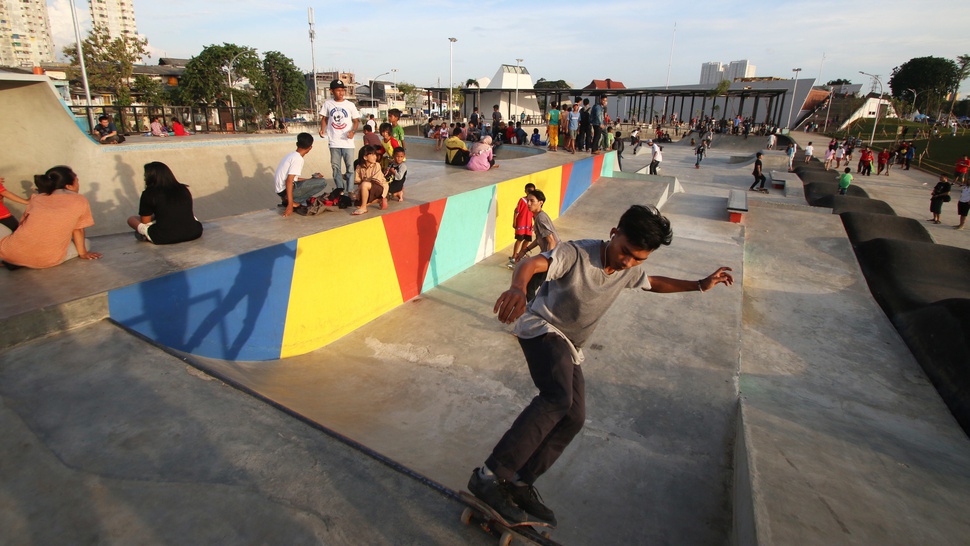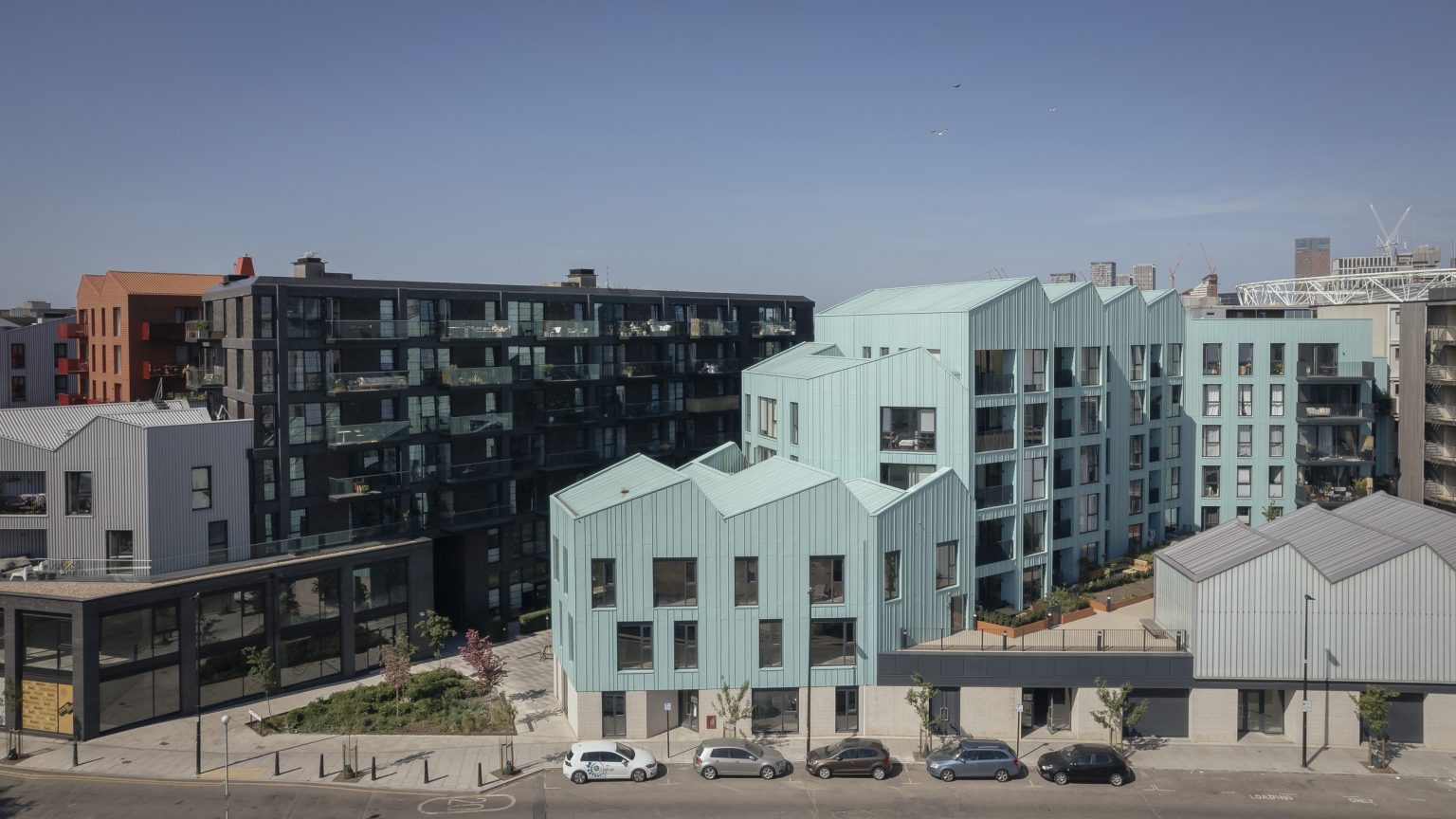Hong Kong has come a long way with a rich history of development and heritage. Surrounded by skyscrapers, the city is fighting to preserve some of the traditional Chinese buildings tucked in between. Amid the vast developing cosmopolitan, the Blue House, Tai Kwun, and PMQ are some of the historical buildings being brought back to life.
The Blue House, a four-storey blue-painted building, can be dated back to the 1920s and has stood the test of time, witnessing the transformations of the international hub. In 2000, the historic building was listed as a “Grade I building” and considered to be a highly valuable heritage architecture and the Blue House was revitalised as the city’s first “Retain both Building and People” heritage conservation project in 2006.
Chris Law, Founding Director of Oval Partnership, witnessed the conservation and transformation of this historic building - Blue House, which had been threatened by "urban clearance". Chris and his team carried out the Feasibility Study and Assessments of the Blue House Revitalisation for the Architectural Services Department in 2002. Subsequently, as the chairman of the Community Development Committee of St James’ Settlement and the Blue House Steering Committee, Chris worked closely with the community to conserve the historic fabric of the building and organised workshops to raise public awareness, and conducted public consultations in the process.
.jpg)
To take tenants’ perspectives into account, Chris and the team took an enormous effort in understanding and identifying the historical significance and its social bond to the neighbouring community. An in-depth historical study was conducted to further delineate the unique shophouse and street community as well as the social capital and social bonding within. They investigated the possibility of adaptation in the re-use of historical tenement house that allows tenants to continue staying in the building while renovating, thus, schematic design options to conserve and revitalise it as a focal point for cultural heritage hotspot in Wan Chai.

“Only when you understand what is important, you can then alter the architecture to make it fit for modern requirements and purpose,” Chris said as he combed through the Blue House project file.
Unlike other heritage conversation projects, the Blue House was revitalised by giving it a new life while conserving every brick and stone as they were.
The blue-toned block features a mixture of Chinese and Western architectural styles – classic low-rise “tong lau” buildings’ elements and colonial-style elements such as European art deco asymmetrical lines, flower stalks, and buds’ patterned tiles. It is also one of the very few old buildings with balconies still intact. The old walls and interior structure of Blue House were conserved instead of being knocked down. To avoid disrupting the historic architecture, a vacant open lot in the block was turned into a public gathering space for social events.

Not only the historic architecture was conserved but the unique “Retain both Building and People” heritage conservation project aimed also to conserve its community behind. “Viva Blue House” was meant to create a long-term community centre for community programmes to conserve Blue House’s strong social capital and bonding among the neighbourhood. An 80-year-old Chinese medical centre, Lam Chen Hin Medical Centre, was conserved during the revitalisation and is still open now.
“It is a living heritage because its cultural, social and architectural elements are conserved” Chris explained.

He emphasised that it was the tenants and stakeholders in these communities who made the decisions throughout the revitalisation process. The conservation project also took into consideration the cultural and social factors that it might impact.
“It was the ‘bottom up’ decision making that conserved the Blue House the most.”

After almost a hundred years, the site of the building underwent a lot of transformations. From being a hospital to a temple, then a tenement, and finally a martial art training centre of one of the most famous martial art practitioners Lam Sai Wing. Take a stroll around the historical building and you shall find the original signs of the temple and the hospital still nicely preserved at the entrance.

The revitalised Blue House is now a multi-functional complex building with residential units, stores, and community centres but all in all, a living conserved heritage in the heart of the city. The ground floor is now a community-operated museum that holds workshops, tours, and exhibitions to promote and preserve local culture just like the Blue House whereas 12 residential flats are available for rent on the second floor.
.jpg)
The Blue House revamp project was awarded the Award of Excellence, the highest level in heritage conservation, in UNESCO Asia-Pacific Awards for Cultural Heritage Conservation. Alongside the shimmering skyscrapers, the hundred-year-old blue toned building sandwiched in between, a breathing historic heritage of the city.





